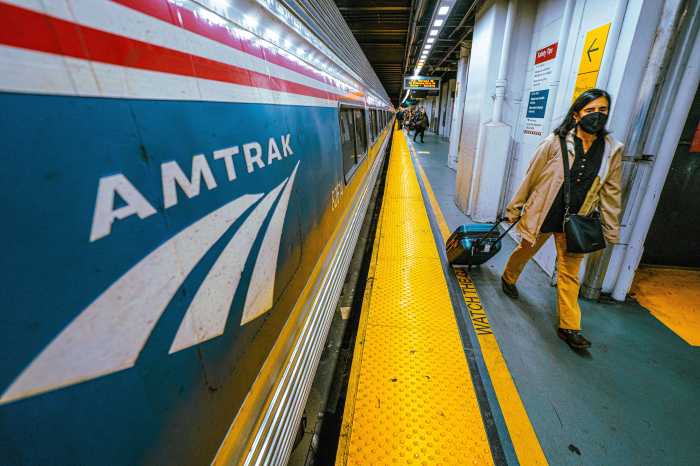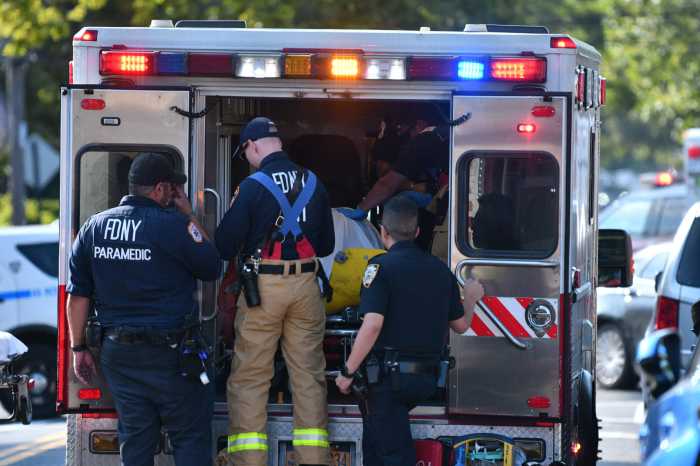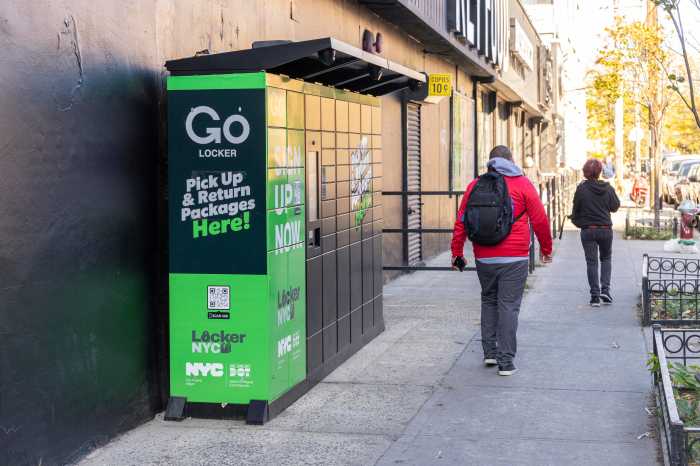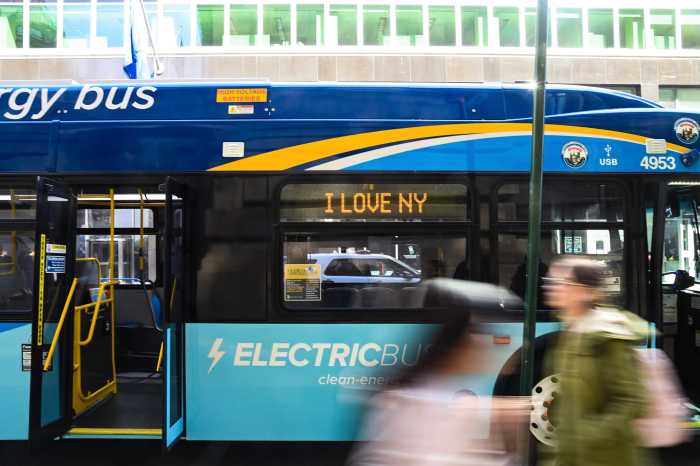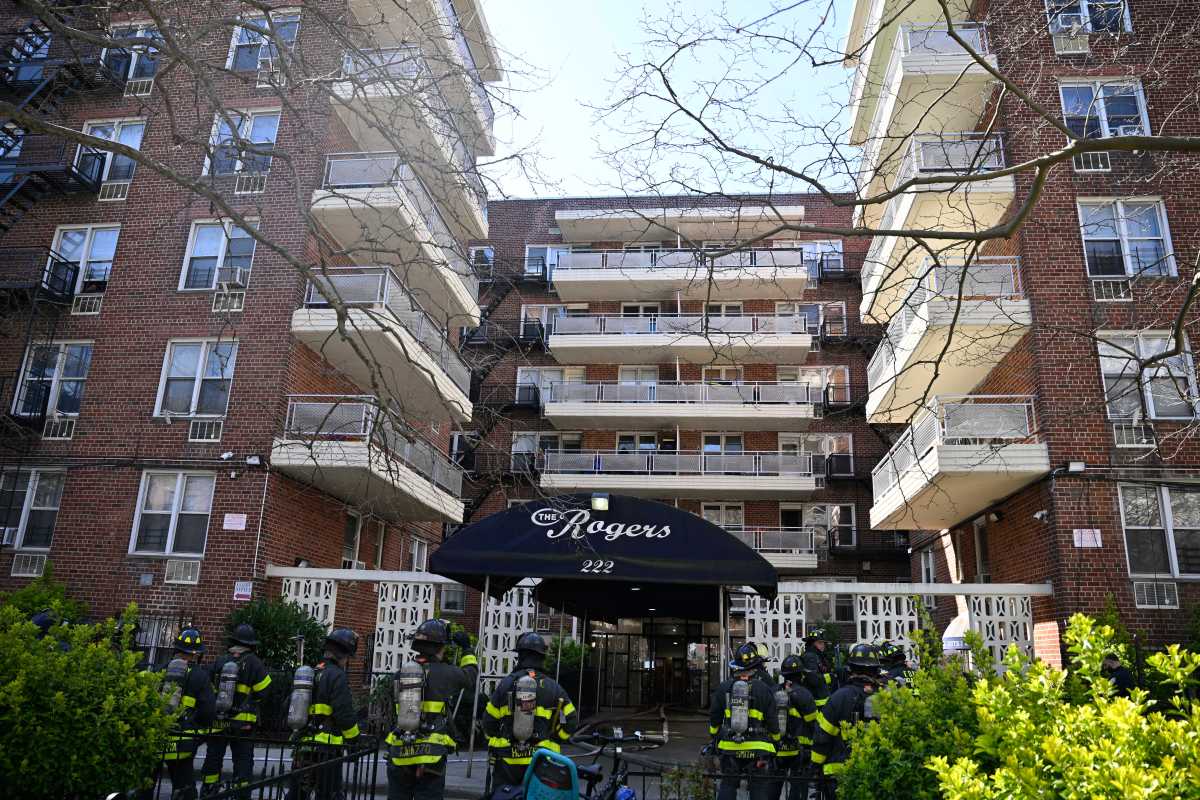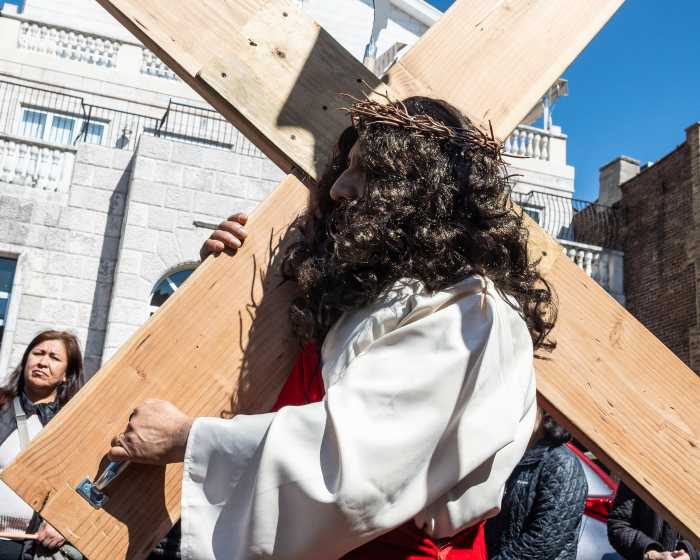
Before the familiar Helvetica text was used across the city’s transit system, New York commuters were directed by a variety of signs from competing transportation companies.
The history of the signage for the city’s transit system — one of “competitive advantage, advertising and placemaking” — is explored in a New York Transit Museum exhibit at its Grand Central gallery.
“When you compare the relatively straightforward and elegant signage and wayfinding histories of other global cities and transportation systems, it becomes immediately evident that this is not our story,” Concetta Bencivenga, the director of the New York Transit Museum, said in a statement.

Prior to 1940, three separate companies, the Interborough Rapid Transit Company, Brooklyn-Manhattan Transit Corporation and the city-owned Independent Subway System, operated the subway system.
Because of that, signage was used in part to try to lure customers away from the other operators, the exhibit explains.

The separate systems merged and were taken over completely by the city in 1940, but the integration process took place over several years.
In 1967, a design firm was hired to make all the New York City Transit Authority signs cohesive, the museum said. That was also the first time the subway line names New Yorkers know today were used.

The standardization was later extended to buses, regional rail lines, bridges and tunnels under the MTA.
The “Changing Signs, Changing Times: A History of Wayfinding in Transit” exhibit will be on display until Nov. 6.

The New York Transit Museum’s gallery in Grand Central is located in the shuttle passage on 42nd Street and Park Avenue. It is free and open from 8 a.m. to 8 p.m. Monday to Friday and from 10 a.m. to 7 p.m. Saturday and Sunday.



